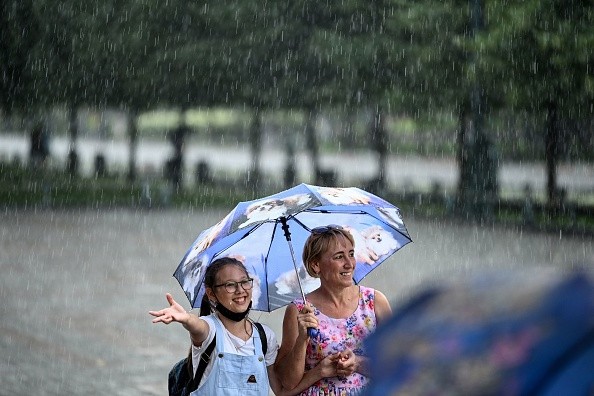A decline in the number of days rain is expected to fall may lead to the earlier arrival of spring for plants in northern climates, according to a new study.
Climate change has prompted early leaf emergence in recent decades, something scientists have known for a long time.

Earlier Arrival of Spring Due to Fewer Rainy Days
According to Desheng Liu, a co-author of the study and an Ohio State University geography professor, less rainy days play nearly the largest role in this early leaf out.
To date, scientists have focused on how temperature influences leaf emergence and have only evaluated precipitation in the aggregate, according to Liu.
How often it rains is more important than the total amount of precipitation, as per Phys.org. When it comes to climate change, experts originally anticipated spring would arrive one to two days sooner each decade through 2100, according to a new study published in the journal Nature Climate Change earlier this month.
Study co-author Jian Wang, a doctoral student in geography at Ohio State, says humans should predict an even earlier spring in the future compared to what current models tell.
Experimental Findings
Researchers from the United States, Europe, and China studied data sets from these countries (all north of 30 degrees latitude, which includes most of the United States).
According to Science Daily, the dates that the first leaves appeared on the trees each year were included in the data. For the study, researchers consulted satellite photographs dating back to 1982 to find out exactly when the vegetation began sprouting leaves.
Using this information, they were able to determine how many rainy days occurred in each month at the study sites. Spring arrived earlier in the Northern Hemisphere as the number of wet days decreased with time. Grasslands in semi-arid zones, where there are fewer wet days, were the only exception.
Major Reasons Why Spring Arrive Earlier During Fewer Rainy Days
When it rains, it also rains in the clouds. More sun radiation is reaching plants sooner because of the decrease in the number of rainy days in late winter and early spring.
This means that midday temperatures will rise because there are fewer days when the sky is clouded over. Without clouds to keep the heat in, nighttime temperatures will drop faster.
Plants begin putting on their leaves earlier and earlier because of this contrasting effect earlier in the year, Wang added.
Their findings were utilized in a model that predicted how quickly spring will arrive between now and 2100. By the end of the century, most of these northern climes will see spring arrive five to ten days sooner for plants, according to current forecasts.
The researchers' new model, however, predicts that spring would arrive one to two days earlier than expected each decade due to a decrease in the number of wet days.
Spring may arrive earlier than predicted in the future, and scientists need to prepare for that possibility. As a result of their methodology, they are able to plan ahead of time, Liu added.
Additionally, Philippe Ciais and Josep Peuelas of the Centre for Research on Ecology and Forestry Applications in Spain were co-authors on the study.
Related Article : Early spring rain boosts methane from thawing permafrost by 30 percent
For more news, updates about rainfall and similar topics don't forget to follow Nature World News!
© 2025 NatureWorldNews.com All rights reserved. Do not reproduce without permission.





